Eight places that hate tourists the most
Not everywhere offers visitors a warm welcome
Your support helps us to tell the story
From reproductive rights to climate change to Big Tech, The Independent is on the ground when the story is developing. Whether it's investigating the financials of Elon Musk's pro-Trump PAC or producing our latest documentary, 'The A Word', which shines a light on the American women fighting for reproductive rights, we know how important it is to parse out the facts from the messaging.
At such a critical moment in US history, we need reporters on the ground. Your donation allows us to keep sending journalists to speak to both sides of the story.
The Independent is trusted by Americans across the entire political spectrum. And unlike many other quality news outlets, we choose not to lock Americans out of our reporting and analysis with paywalls. We believe quality journalism should be available to everyone, paid for by those who can afford it.
Your support makes all the difference.In the wake of Venice announcing it will no longer tolerate any new kebab shops or fast food outlets in order to “preserve decorum and traditions,” here are six destinations where tourists won’t always find a warm welcome.
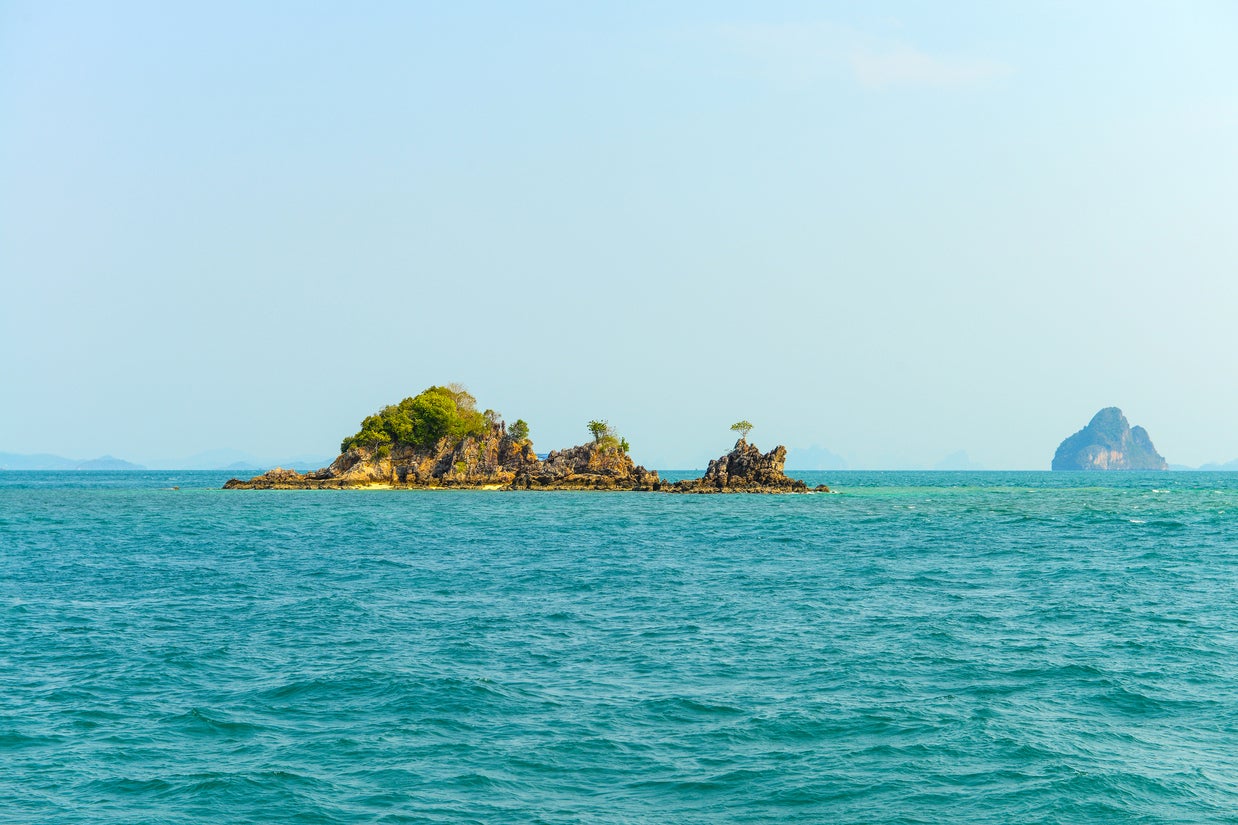
Koh Khai islands, Thailand
The backbone of backpacker gap year travels, Thailand, is for the most part extremely tourist-friendly; but some places are now off limits because of environmental concerns. The islands of Koh Khai Nok, Koh Khai Nui and Koh Khai Nai, renowned for their colourful coral displays and previously popular with day-trippers from nearby Phuket, have been strictly prohibited since May 2016. The Department of Marine and Coastal Resources (DMCR) said that up to 80 per cent of reefs have been degraded, and the decision was made to ban tourists as a result.

Bhutan
Tourism in Bhutan only kicked off in 1974, but since then the decision has been made to highly regulate it to preserve the country's unspoiled landscape and unique culture. The kingdom on the edge of the Himalayas has a policy of "high value, low impact tourism". The upshot is that the number of tourists is restricted and that most visitors have to pay a whopping £190 a day for visas and fees for the privilege of seeing Bhutan.
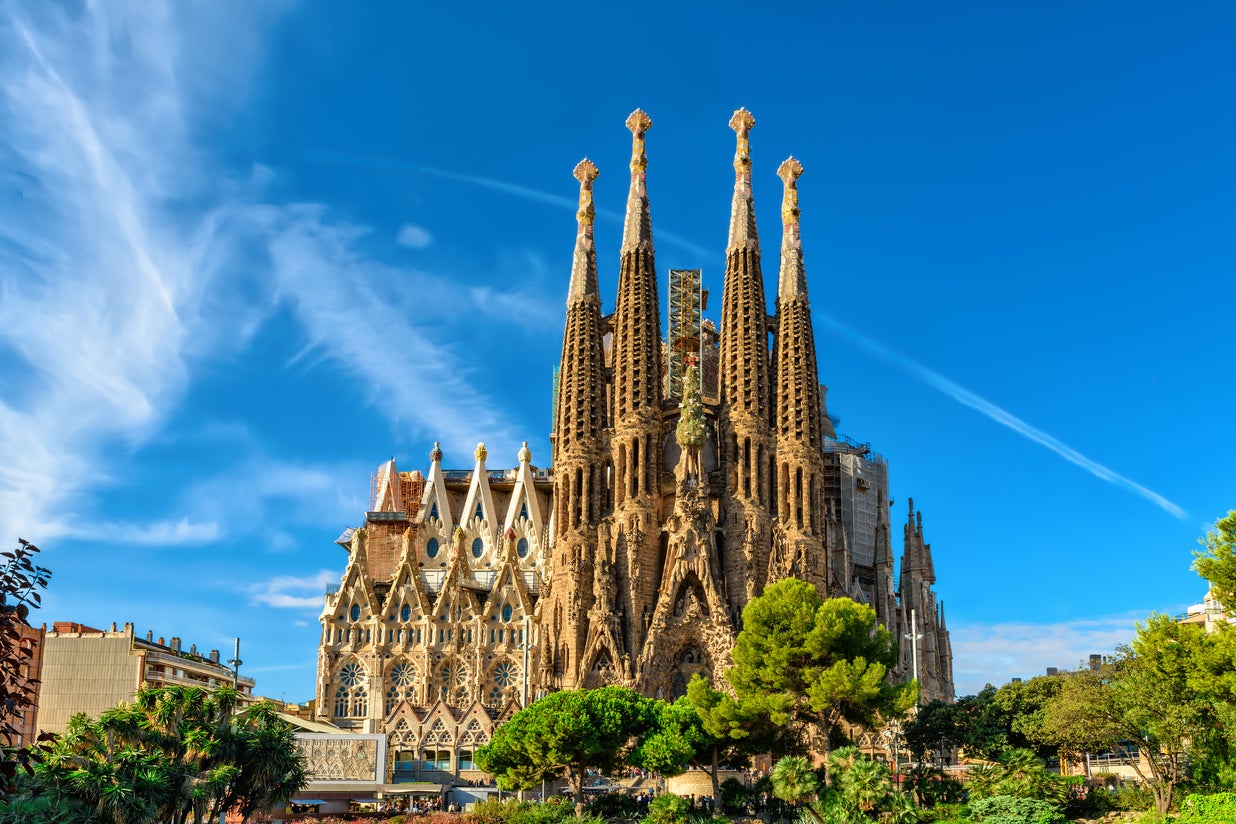
Barcelona, Spain
When Ada Colau, Barcelona's first female mayor, took office in 2015, she wasn't one to mince her words about the scourge that is tourism on her beloved city. “We don’t want the city to become a cheap souvenir shop,” said Colau, siting Venice as a cautionary tale. Since then she has frozen licences for all new hotels and holiday rental apartments and gone after short-term rental sites, slapping AirBnb with a €30,000 (£24,000) fine. She has also proposed introducing a new tourist tax and limiting visitor numbers.
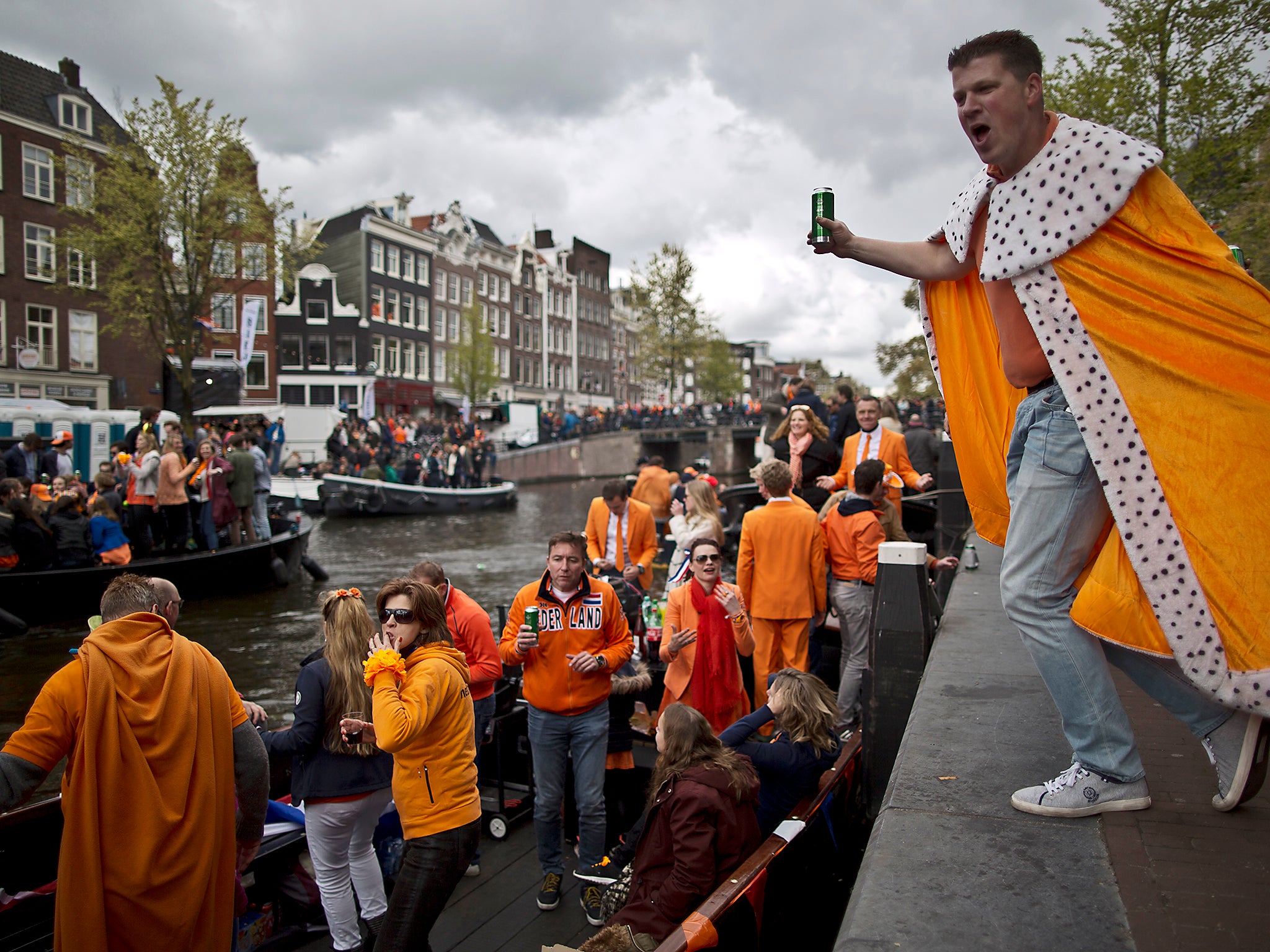
Amsterdam, The Netherlands
Amsterdam’s head of marketing recently made it abundantly clear the city is a bit over tourists. Frans van der Avert, Amsterdam Marketing chief executive, said: “Cities are dying from tourism. No one will be living in the historic centres any more. A lot of smaller historic cities in Europe are getting destroyed by visitors.” While speaking at the World Tourism Forum in Lucerne, he added: “We don’t spend even €1 in marketing Amsterdam any more. We don’t want to have more people. We want to increase the quality of visitors – we want people who are interested in the city, not who want it as a backdrop for a party. We see lots of visitors with no respect for the character of the city. Low cost carriers create a problem. Ryanair [passengers] – they are the loudest.” Ouch.
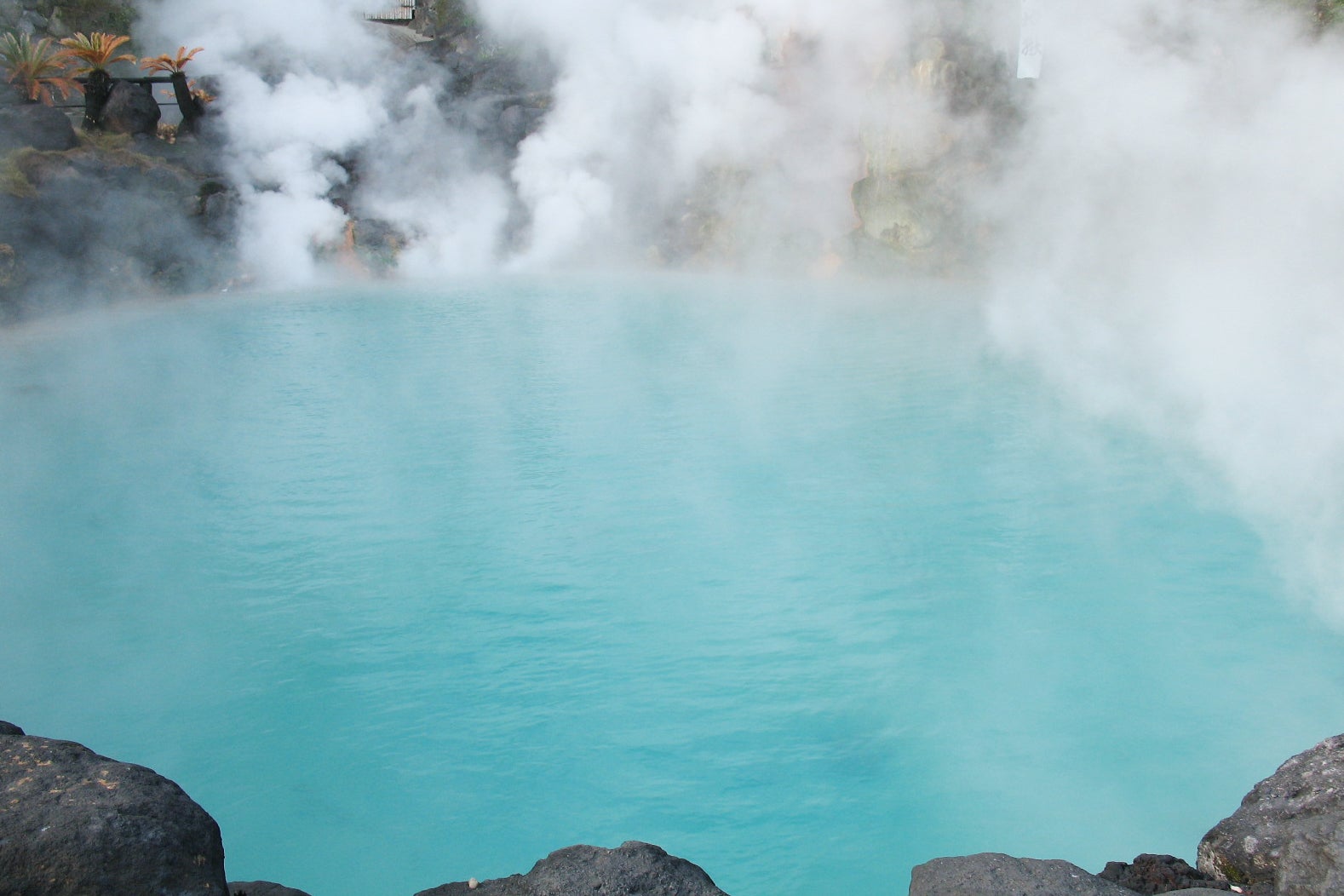
Various onsen, Japan
Many tourists who travel to Japan do so to experience the glorious onsen – natural hot springs – and sento – community bathhouses. Most of these visitors are let in, no questions asked. However, if you happen to have a tattoo, it’s a different story. A survey released in 2015 by the Japan Tourism Agency (JTA) found that well over half of all onsen banned tattooed guests, or required them to cover up their ink. Tattoos are still something of a taboo in Japan, inextricably linked in people’s minds with Yakuza mobsters. But with the influx of tourists in the last 10 years, many of whom are from cultures where skin art is embraced, this antiquated rule has become increasingly problematic.
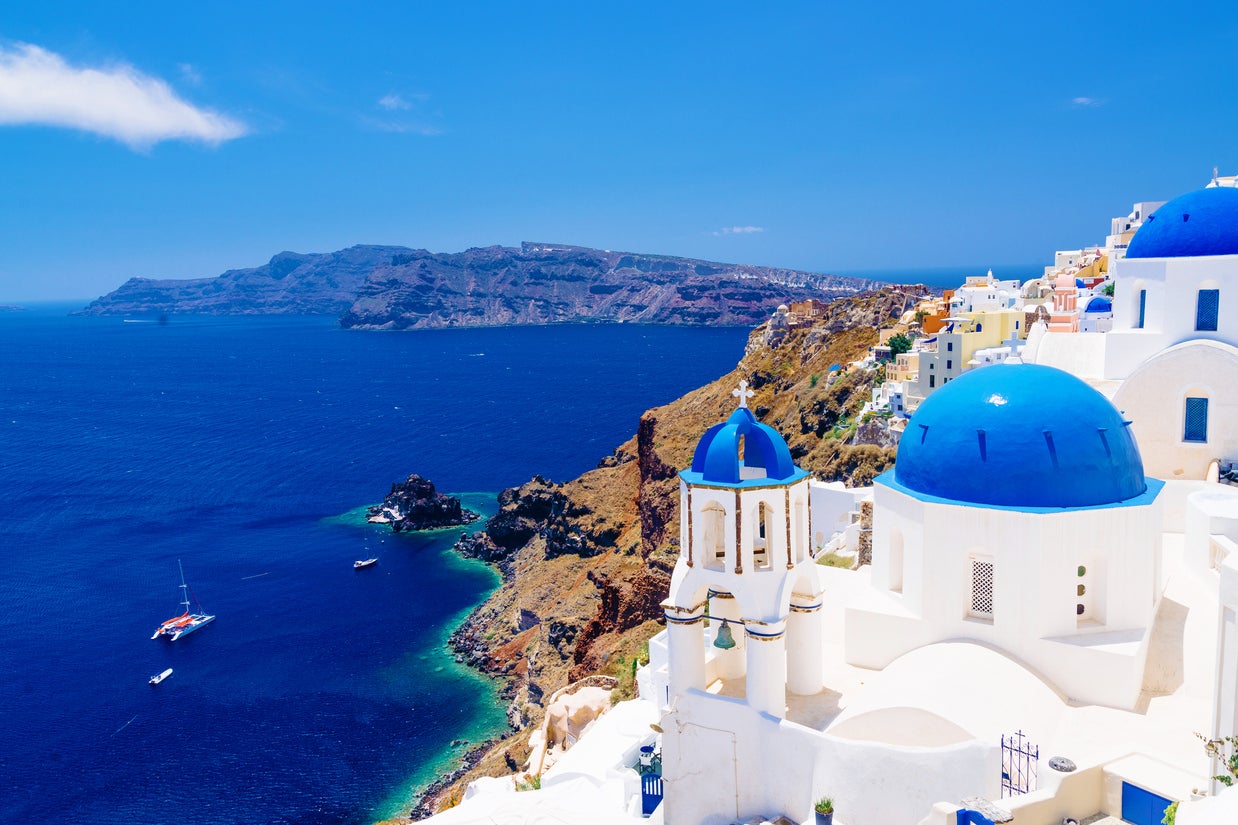
Santorini, Greece
In 2016, the busiest port in Greece announced that enough was enough – the number of cruise ship visitors would have to be capped. The popular island of Santorini was getting overwhelmed by upwards of 10,000 tourists arriving simultaneously each day on cruises – that number is now capped at 8,000. The rule is expected to come into full force this summer.
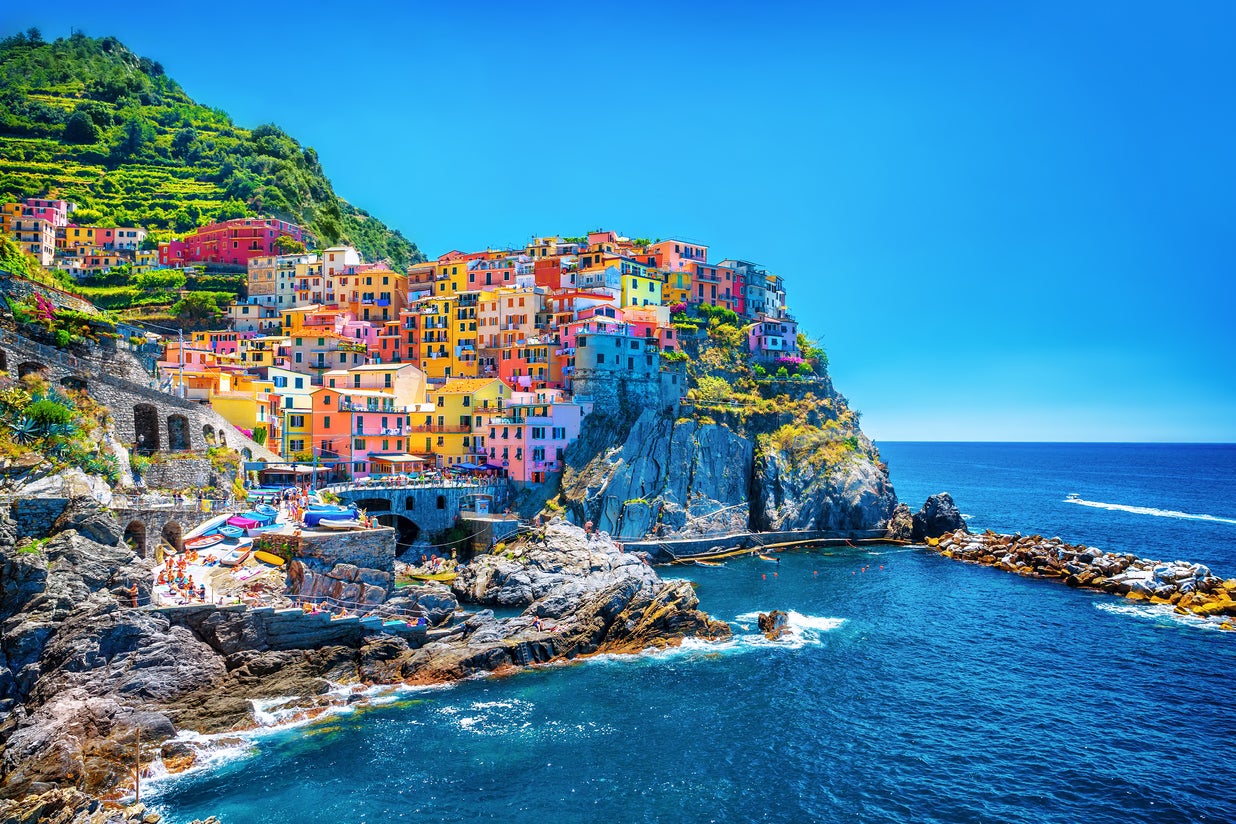
Cinque Terre, Italy
This beautiful coastal area and UNESCO World Heritage Site was something of a trendsetter when it comes to holding back the tide of tourists. Under increasing pressure from ever-growing visitor numbers, in February 2016 Cinque Terre announced plans to introduce a ticketing system. Once the number of people hit 1.5 million, the area was off limits. This figure might sound high, but the previous summer saw 2.5 million flood into the region to visit its clutch of five quaint fishing villages connected by narrow cliff-top paths.

Arlington, Texas
In 2015, private air charter company Stratos Jets analysed over 37,000 geotagged tourist-related tweets from across the States to determine which places were most friendly – and most hostile – towards visitors. Of course, it’s far from scientific, but the results indicated that Arlington, Texas, was the least tourist-friendly destination in the US. Perhaps unsurprisingly, given its stigma for rudeness, New York was the second least welcoming, with Las Vegas swinging into third position.

Join our commenting forum
Join thought-provoking conversations, follow other Independent readers and see their replies
Comments